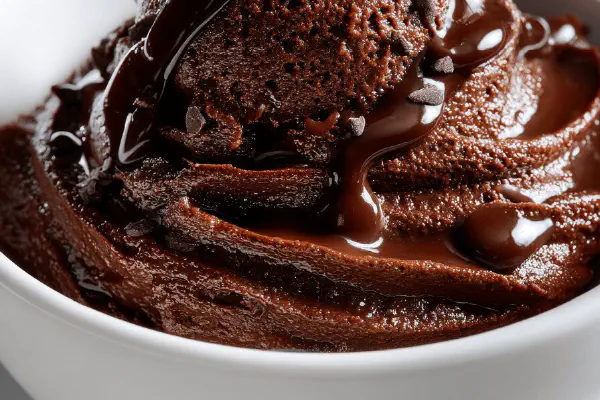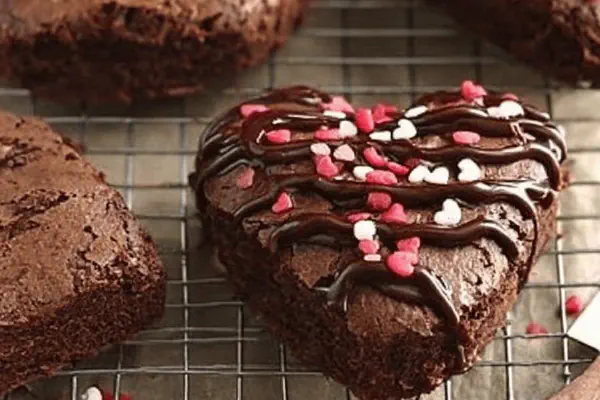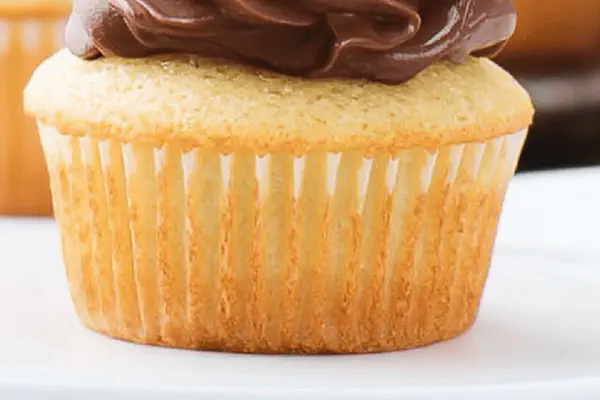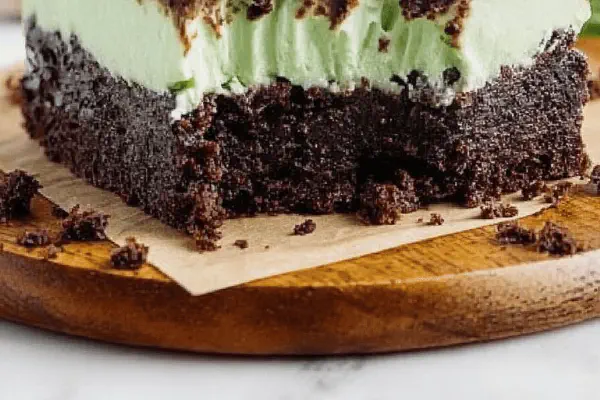Modified Dark Ganache
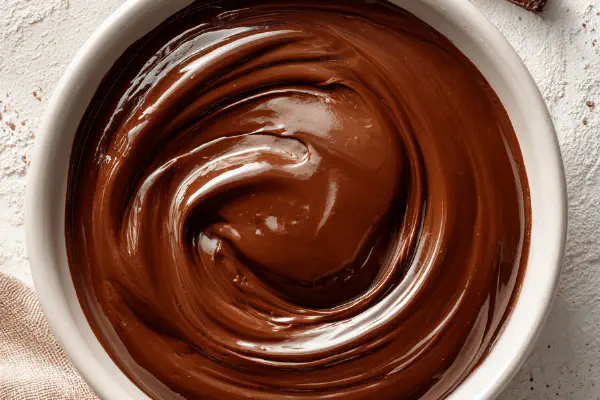
By Emma
Certified Culinary Professional
Ingredients
- 280 g bittersweet chocolate chopped
- 270 ml coconut cream full fat
- 60 ml agave syrup
- 50 ml almond butter smooth
- 35 ml unsalted butter softened
About the ingredients
Method
- Toast almond butter lightly in a small pan to bring out oils and aroma do not burn. Set aside to cool.
- Heat coconut cream and agave syrup in a saucepan just until it bubbles gently around edges. Watch carefully smell sweet and slightly caramelizing notes but no rolling boil.
- Pour hot coconut mixture swiftly over chopped chocolate in a medium bowl. Let sit, no stirring, about 90 seconds so heat permeates and chocolate starts melting. Look for glossy patches.
- Start whisking gently from center outward coaxing mixture smooth, glossy, no lumps. Use slow circular strokes lifting sides for air but be delicate.
- Add almond butter cooled and softened butter; fold in with rubber spatula to combine fully. Should feel velvety with a mild grain from nut butter.
- Cover bowl tightly with plastic wrap pressing on surface to prevent skin.
- Refrigerate around 50 minutes checking texture after 40 minutes. Should be firm yet spreadable with slight give to touch no cracking.
- If too stiff warm gently in microwave 10 seconds bursts mixed, test often.
- Use immediately or store covered in fridge, bring to room temp before use to ensure spreadability and sheen preserve.
- Common errors: Chocolate granulating means overheating cream let it cool a bit; watery ganache means not enough chocolate or cream ratio wrong; too hard add extra butter or cream next batch.
- Pro tip whip slightly with hand blender for airy mousse style but watch not to overwhip or break glaze.
- Slice into cake right after temperature check for clean spread no drag or tearing.
- If ganache thickens during use soften by spooning some warmed ganache back in mixing quickly.
- For cleaner cut gloves help handle ganache smoothly, avoid fingerprints or melting.
Cooking tips
Chef's notes
- 💡 Toast almond butter lightly first. Brings out oils, aroma kicks differently, deeper nutty scent. Watch carefully don’t burn. Cool before folding in or ganache won’t mix right, changes texture. Toasting lifts flavor but optional if in hurry.
- 💡 Heat coconut cream and agave syrup slowly. Bubbles around edges only. No rolling boil or taste turns off, chocolate breaks down. Smell slight caramel, fragile stage here, key not to rush. Stirring too soon leads to grainy or dull finish.
- 💡 Pour hot cream over chopped chocolate and wait. No stirring for about ninety seconds is crucial. Glossy patches appear, heat penetrates chocolate. Stirring too early dulls shine, makes mix seizing risk. Patience here wins texture.
- 💡 Whisk gently slow from center outward. Circular strokes to fold air carefully. No frantic whipping or bubbles get trapped, surface dulls and grain sets in. Lift sides slowly for lightness but delicacy rules to keep shine.
- 💡 Cover ganache with plastic wrap pressing on surface. Prevents skin formation, stops dry patches ruining spread. Refrigerate around 50 minutes, check after 40. Texture should be firm but spreadable with slight give to touch, no cracks.
- 💡 Fix too stiff ganache warming in short bursts; ten seconds bursts microwave, stir fast, test often. Overheat breaks emulsion, too cold and won’t spread well. Adjust with small butter spoon added if too hard next batch.
- 💡 Use hand blender slightly if want mousse style. Airy texture forms but control carefully. Overspeed risks breaking glaze, cream splits. Stir by hand first then quick lightweight pulse only if needed for fluffiness.
- 💡 Almond butter can be swapped with roasted sunflower seed butter if nut allergies. Heavy cream replaced by full-fat coconut cream for mouthfeel richer but subtle flavor. Agave syrup instead of corn syrup for cleaner sweetness, less sticky.
- 💡 Chop chocolate finely. Makes melting even and quicker. Blocks or chunks slow melting, risk graining. Quality bittersweet chocolate with minimum 60% cacao is necessary; fillers affect ganache texture negatively.
- 💡 When ganache thickens mid-use soften by spooning small warmed portion back in and mix fast. Avoid drying out edges in bowl or container. Gloves help avoid fingerprints and melting when slicing or spreading.
Common questions
Why no stirring after pouring hot cream?
Wait ninety seconds stops dullness. Gloss appears. Stirring too soon kills shine, causes graininess. Heat needs time to melt chocolate evenly. Practiced fails showed rushing ruins smoothness.
Can I use heavy cream instead of coconut cream?
Heavy cream works but flavor heavy, less tropical hint. Coconut cream thicker, richer mouthfeel. Allergy swap: use almond butter or sunflower seed butter. Texture differs slightly with each choice.
What if my ganache turns grainy or dull?
Usually overheated mixture or stirring early. Lower temp, slow whisking fixes it. Add little butter if too thick. Rewarming carefully can restore texture. Sometimes restarting better than forcing fix.
How to store leftover ganache?
Cover tightly in fridge to avoid skin. Lasts few days max. When using again warm to room temp for spreadability. Can freeze but texture may change. Reheat gentle; too hot melts butter, breaks shine.
